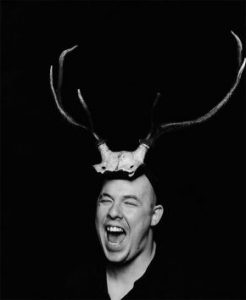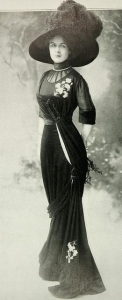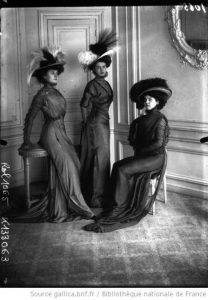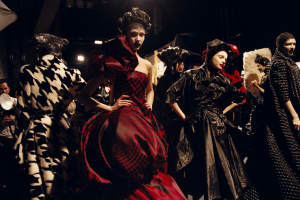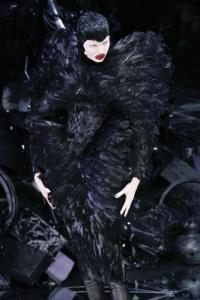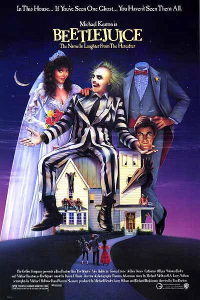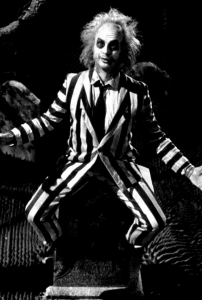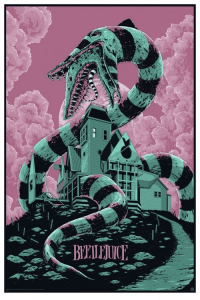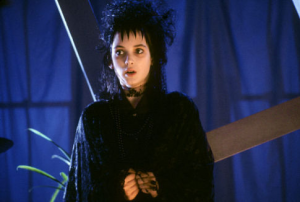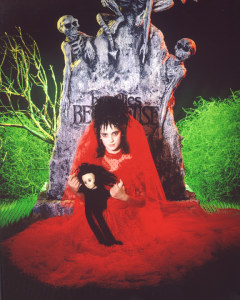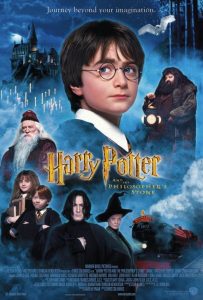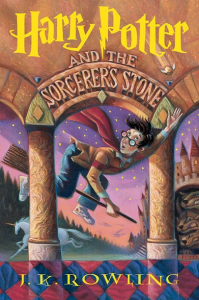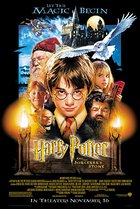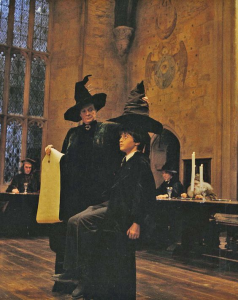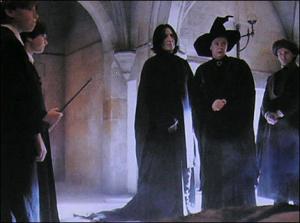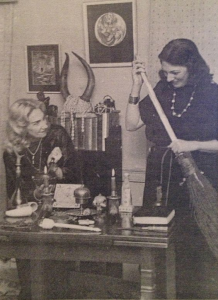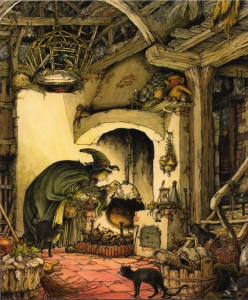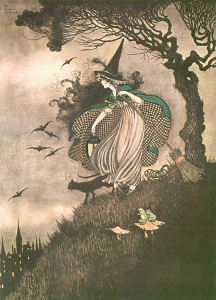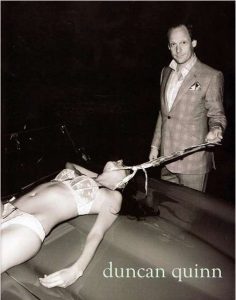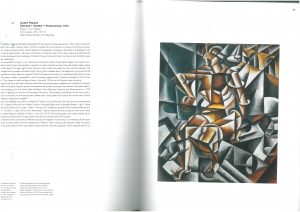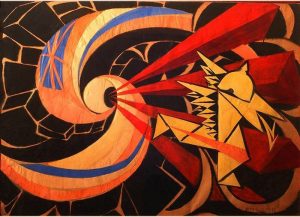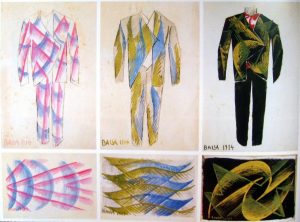Alexander McQueen 2001 collection: Gothic Masquerade and The Macabre
Alexander McQueen is in no doubt the most inspirational person who ever lived. His innovative designs have swept both the world of fashion and fine Art. he has never failed to surprise his audience with his incredible canvas of collections. McQueen mostly gets his inspiration through nature, most of his later work was inspired nature and its beauty.
Using his imagination, he translates each detail into a new creative design. he quotes “I’m about what goes through people’s mind, the stuff that people don’t want to admit or face up to. The shows are about what’s buried in people’s Psyches” [1]. the themes that Alexander works from are designs inspired by his own personal life; the emotions that he cannot express through words he uses to portray through his designs. the collection he produced are very exquisite and bold; from the colours to the design of garments and even tackling on nudity to display his thought about women.
Portrait of Alexander McQueen, 1997 photographed by Marc Hom.
(http://www.vam.ac.uk/content/exhibitions/exhibition-alexander
-mcqueen-savage-beauty/about-the-exhibition/)
[1]http://savagebeauty.alexandermcqueen.com/gothic.html
McQueen’s inspiration: Late Victorian mourning wear
Robe d’apres-midi
Images reference: https://www.pinterest.co.uk/pin/183029172329099714/?lp=true
Backstage, Horn of Plenty, Autumn/Winter 2009
Photograph by ANNE DENIAU
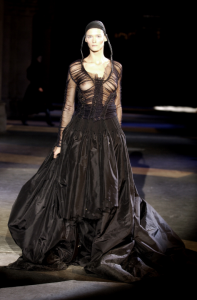
Horn of Plenty, Autumn/Winter 2009 Photograph by CHRIS MOORE
Supercali, Autumn/Winter 2002
Photograph by CHRIS MOORE
Expanding his inspiration for his 2001 spring/summer collection: Tim Burton’s ‘Beetlejuice’.
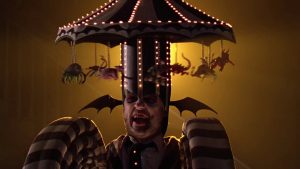 http://timburon.wikia.com/wiki/Beetlejuice
http://timburon.wikia.com/wiki/Beetlejuice
scene from movie beetlejuice: http://www.imdb.com/title/tt0094721/mediaviewer/rm2978438656
image from scene of movie Beetlejuice: http://www.imdb.com/title/tt0094721/mediaviewer/rm2978438656
Second Inspiration of Gothic: Harry Potter
Illustrated by Mary GrandPrehttp: //www.imdb.com/list/ls000671664/
written by J.k Rowling:
https://www.pinterest.co.uk/pin/520728775647816005/
Harry Potter film scene, posted by Pinterest.
20th Century Witches
Image Witches Doreen Valiente and Patricia Crowther
Posted by https://www.pinterest.co.uk/pin/393150242462108246/
Alexander McQueen collection that launched in 2001 for his spring and summer collection was inspired by death and romance. McQueen’s designs were influenced by movies and history. His first inspiration of death came from a period during the Late Victorian era mourning clothes, influenced by the design of the long gown and exaggerated flat hats. his respect for history and all its superstition of death and the afterlife gave his aesthetic ideas that was later translated into designs.
Beetlejuice was a film produced during 1988 which was written a Famous director and script writer Tim Burton, this movie was in relation to death and supernatural activity. the log black dresses that can be seen in his design was inspired one of the character in the film called Winona Ryder with her black long gown similar with the mourning clothes, Beetlejuice was a horror/thriller genre the movie encouraged him to portray death in a more explicit design. He collaborated with the filmmaker to create a mise-en-scene performance for his catwalk presentation.
Witches and wizards was another of his influences with their theorised tall black hats and wands encouraged him to travel more into a fiction dream of dark powers and magic. He explored more into the topic and encountered the book/movie written by J.K Rowling. ‘Harry potter’ was counted as one of his main inspiration because the moving/ book was based on wizard and witches which exists in both fantasy and reality.
Alexander’s mind set was different from other designers because of his positive view in life. He was able to turn death into a positive outcome and used it to hi advantage, he crated a transformative medium using fashion; and as was quoted in response the show “a fairy-tale told in Fabric” (savage beauty article, Alexander McQueen, Gothic collection, published 2001). Over all the designs and performance that he displayed was unique and innovative, to be able to balance death and romance as one emotion is a true talent. He quotes “It is important to look at death because it is a part of life. It is a sad thing, melancholic but romantic at the same time. It is the end of a cycle – everything has to end. The cycle of life is positive because it gives room for new things.”
Quotes from: http://savagebeauty.alexandermcqueen.com/gothic.html
Article, Savage Beauty. quote from Lee Alexander McQueen, 2001.

